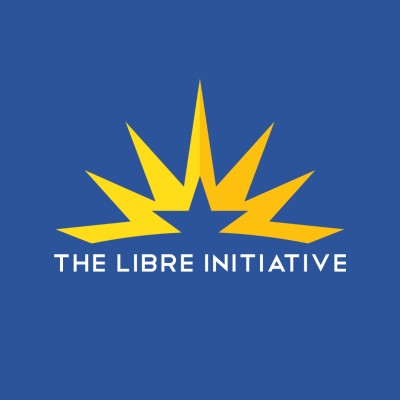
Shared-Use Mobility Center
The Shared-Use Mobility Center (SUMC) is a public-interest partnership working to foster collaboration in shared mobility (including bikesharing, carsharing, ridesharing and more) and help connect the growing industry with transit agencies, cities and communities across the nation. Through piloting programs, conducting new research and providing advice and expertise to cities and regions, SUMC hopes to extend the benefits of shared mobility for all.






